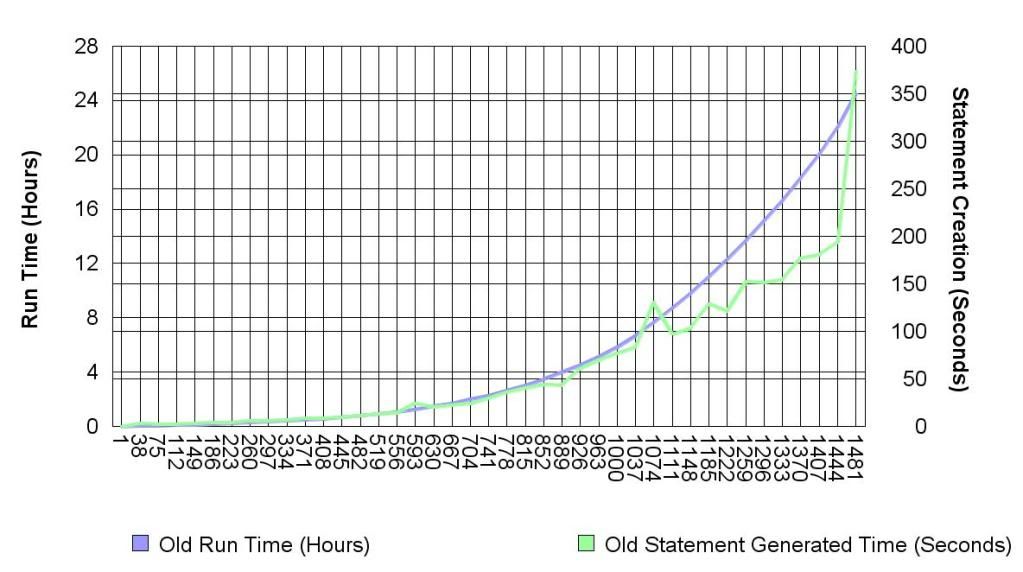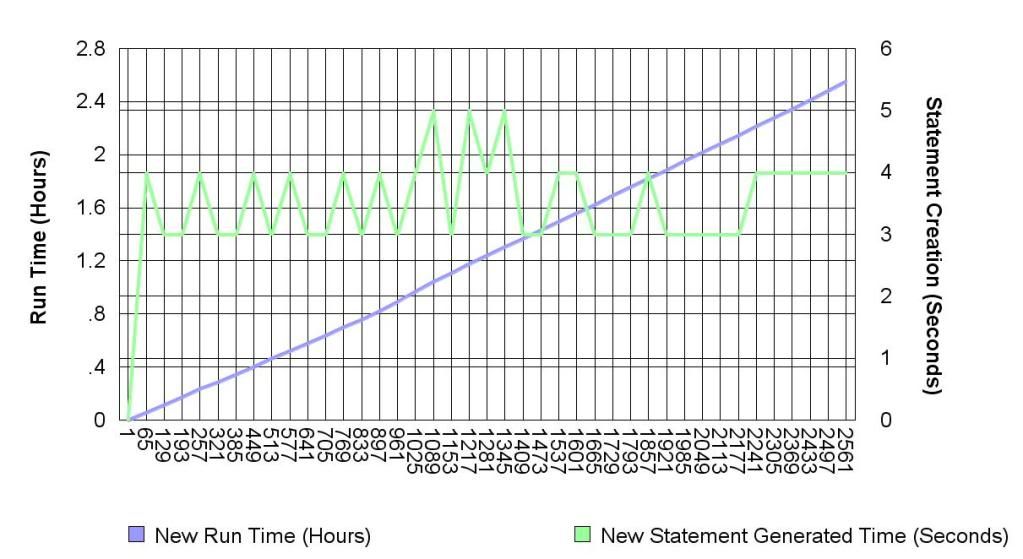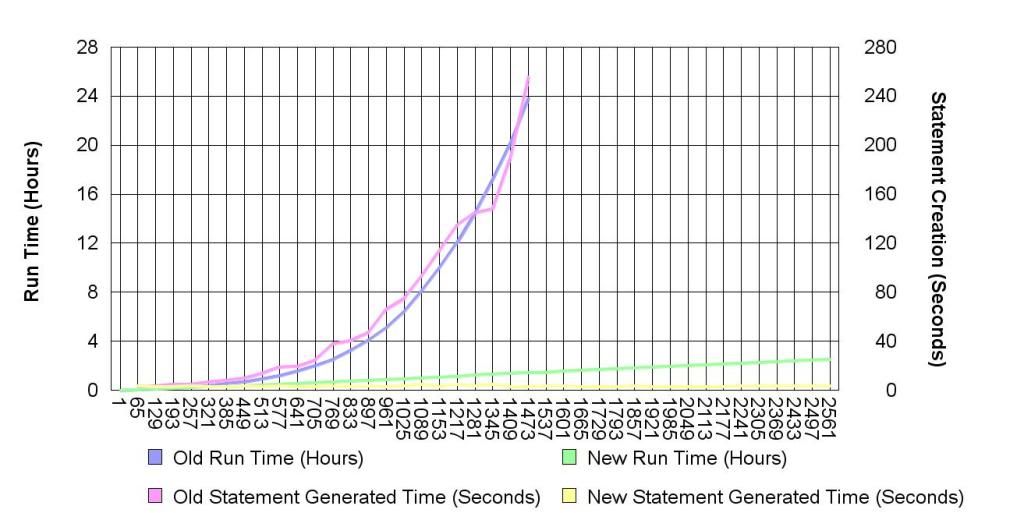 |
|||||
|
As of December 1, 2020, Focal Point is retired and repurposed as a reference repository. We value the wealth of knowledge that's been shared here over the years. You'll continue to have access to this treasure trove of knowledge, for search purposes only. Join the TIBCO Community
Former myibi community members should have received an email on 8/3/22 to activate their user accounts to join the community. Check your Spam folder for the email. Please get in touch with us at community@tibco.com for further assistance. Reference the community FAQ to learn more about the community. | |||||
 Focal Point Forums
Focal Point Forums  WebFOCUS/FOCUS Forum on Focal Point
WebFOCUS/FOCUS Forum on Focal Point  [Sharing] Large or multiple Compound Reports with NOBREAK, poor performance
[Sharing] Large or multiple Compound Reports with NOBREAK, poor performance Read-Only Topic
Read-Only TopicGo  | Search  | Notify  | Tools  |
| Expert |
I've been having problems with a set of PDF statements, and have tried many different solutions to try and get the performance a little quicker. Background The statements are made up of several components that in most cases need to follow the previous component, i.e. a NOBREAK. This particular statement run will produce 2,500 statements. Problem As mentioned in a previous post, I tried a compound layout to do the whole thing, and found an issue at component 10,001. So I changed the process to only have small compound layouts. This started out great, the first 100 or so statements were produced every 3 seconds, but as the processing moved on, the performance degradation increased until I had to kill the report after almost 24 hours and about 1500 statements. I changed things around and made sure that all hold files going into the statement build were FOCUS files, as there was a big loop creating each statement one at a time. This improved things marginally. Next, changed the process to use the old COMPOUND OPEN/NOBREAK/CLOSE. This started very quick, but again the same degradation happened, and after a couple of hundred statements the degradation was worse than using the COMPOUND LAYOUT command. Here is a graph of the performance of the 1500 statements.  Solution Working on the idea that the old COMPOUND OPEN/NOBREAK/CLOSE is initially quicker, and that the current agent has some sort of issue with multiple or large compound documents that have NOBREAK functionality in it, I decided to try creating each statement in a new agent. This is done with a REMOTE DEST LOOPBACK, and some code. The process goes...
Here is a graph of the performance with the new code for all 2500 statements.  And the comparison.  All 2500 were created within 3 hours.This message has been edited. Last edited by: Waz, Waz...
| ||||||||||||||||||||||||||
| |||||||||||||||||||||||||||
| Powered by Social Strata |
| Please Wait. Your request is being processed... |
 Read-Only Topic
Read-Only Topic Focal Point Forums
Focal Point Forums  WebFOCUS/FOCUS Forum on Focal Point
WebFOCUS/FOCUS Forum on Focal Point  [Sharing] Large or multiple Compound Reports with NOBREAK, poor performance
[Sharing] Large or multiple Compound Reports with NOBREAK, poor performance
